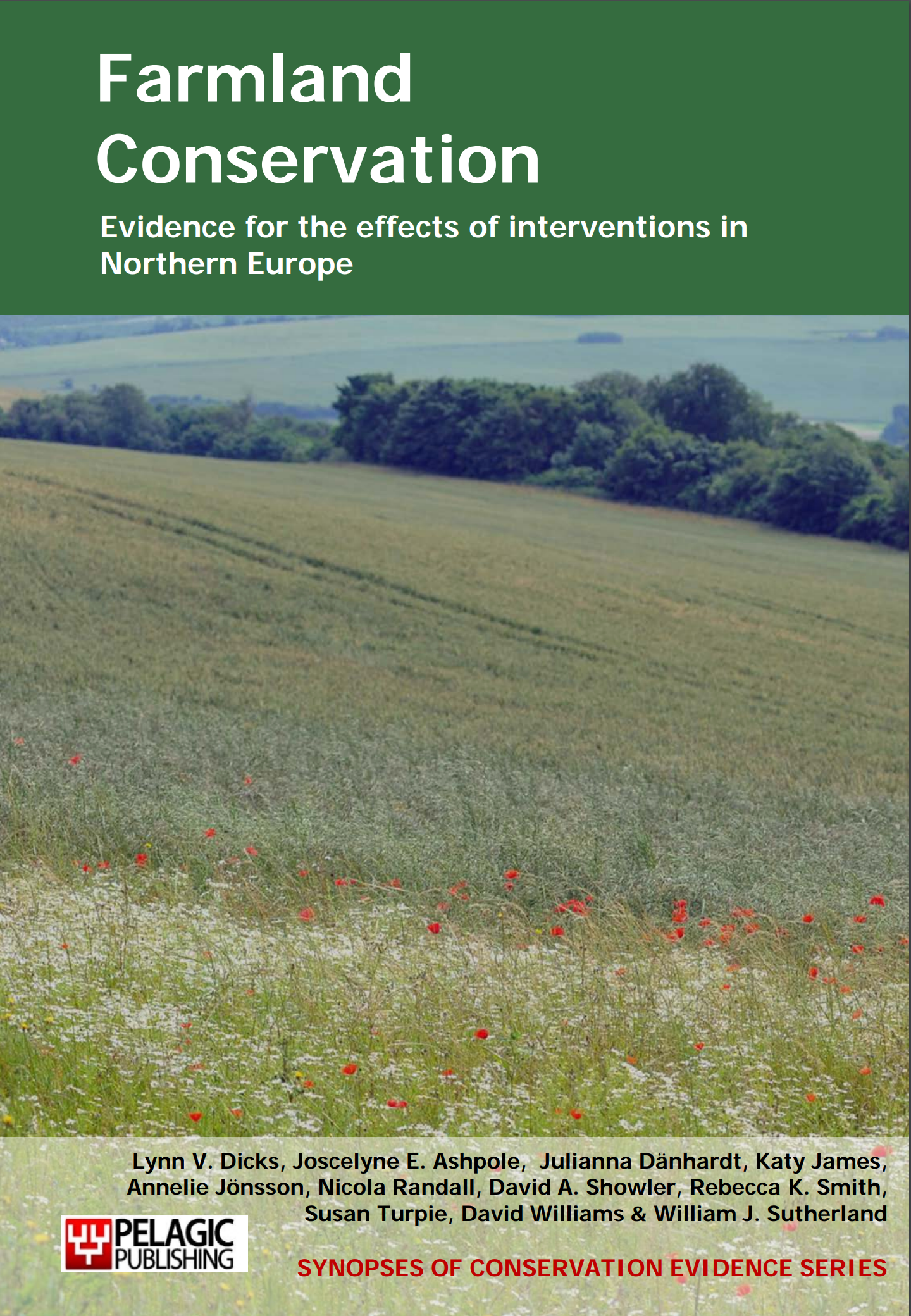Protect individual nests of ground-nesting birds
-
Overall effectiveness category Unknown effectiveness (limited evidence)
-
Number of studies: 2
View assessment score
Hide assessment score
How is the evidence assessed?
-
Effectiveness
30% -
Certainty
13% -
Harms
not assessed
Study locations
Supporting evidence from individual studies
A replicated, randomized, controlled trial in 2002 and 2004 at three grazed pasture sites in south-west Sweden (Isaksson et al. 2007) found that nests protected with cages (truncated cone steel cages with 6.5-8.5 cm spacings between vertical bars and 4 x 4 cm steel netting on top) had significantly higher average daily survival rates than unprotected nests for both common redshank Tringa totanus (99.7% for 34 protected nests vs 96% for 32 unprotected nests in 2002) and northern lapwing Vanellus vanellus (99% for 37 protected nests vs 97% for 153 unprotected nests in 2002 and 2004). However, there was higher predation of adult redshank on protected nests and possibly higher abandonment by lapwings (nine redshank adults from eight protected nests were predated vs a single bird from 31 unprotected nests).
Study and other actions testedA replicated, controlled before-and-after study from 1999 to 2004 on pastures in southwest Sweden (Pauliny et al. 2008) found that the average hatching rate of southern dunlin Calidris alpina schinzii nests was significantly higher for nests protected by steel cages (20 cm high truncated cones with 7.5 cm gaps between vertical bars and 4 x 4 cm steel mesh covering the top) than for unprotected nests (67% of 25 protected nests survived to hatching vs 41% of 61 unprotected nests).Protected nests were also more likely to hatch more than one chick (80% of 25 protected nests vs 57% of 60 unprotected nests). Predation rates on brooding adults were unaffected (7% of 57 adults at protected nests predated vs 13% of 16 adults at unprotected nests). However, comparing 1993-1998 (when no nests were protected) with 1999-2004 (when some nests were protected) revealed that there was no significant change in either the number of fledglings/breeding adults or the number of new recruits/breeding adults produced by the study sites.
Study and other actions tested
Where has this evidence come from?
List of journals searched by synopsis
All the journals searched for all synopses
This Action forms part of the Action Synopsis:
Farmland Conservation
Farmland Conservation - Published 2013
Farmland Synopsis





)_2023.JPG)














